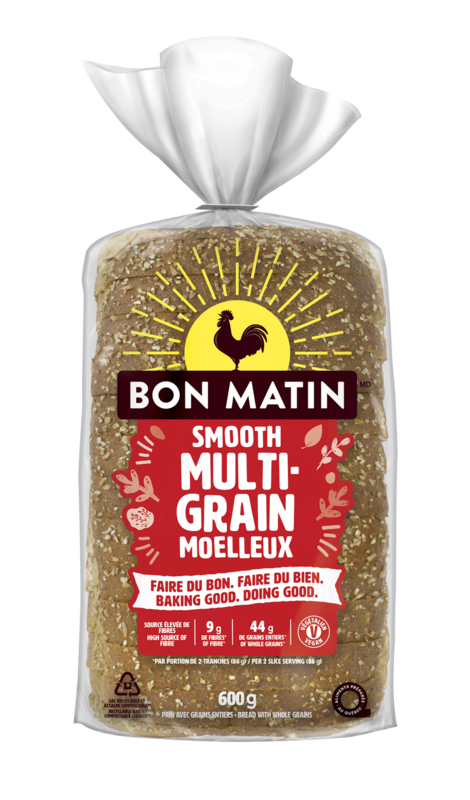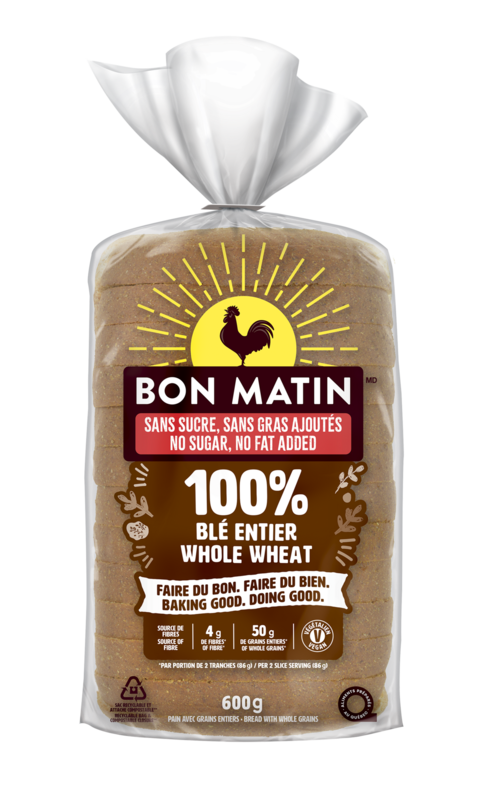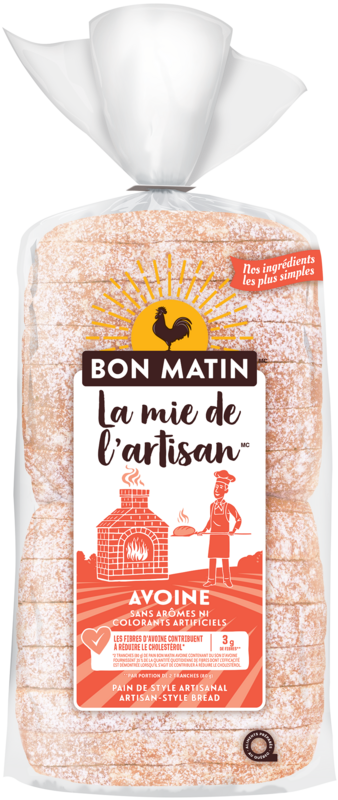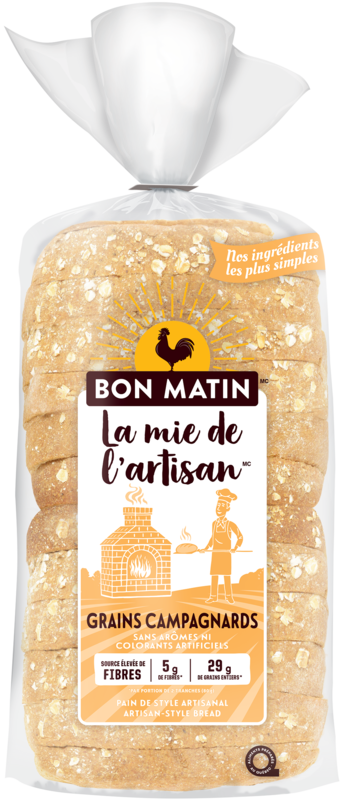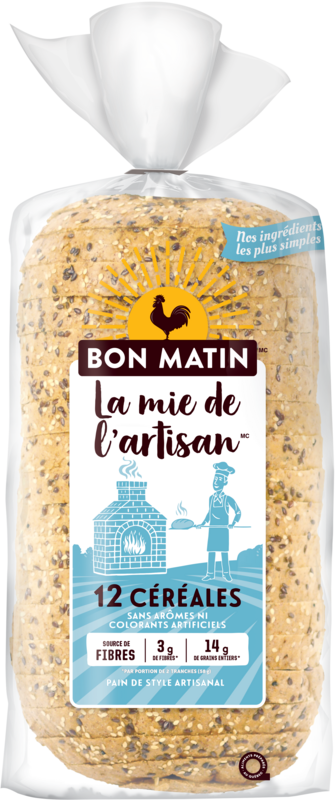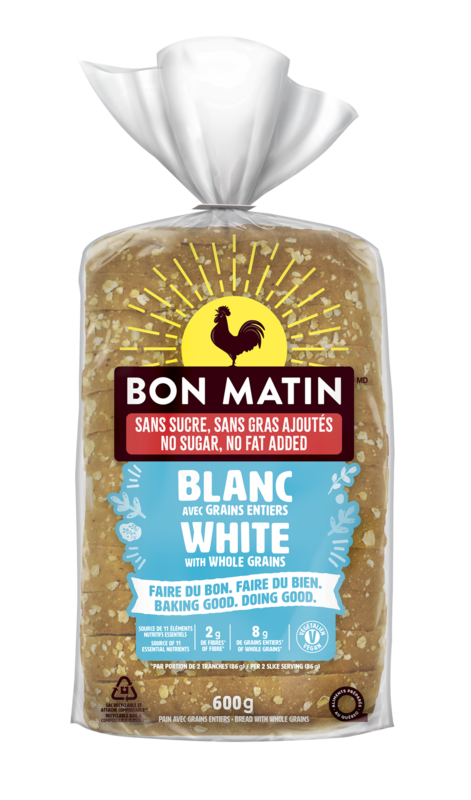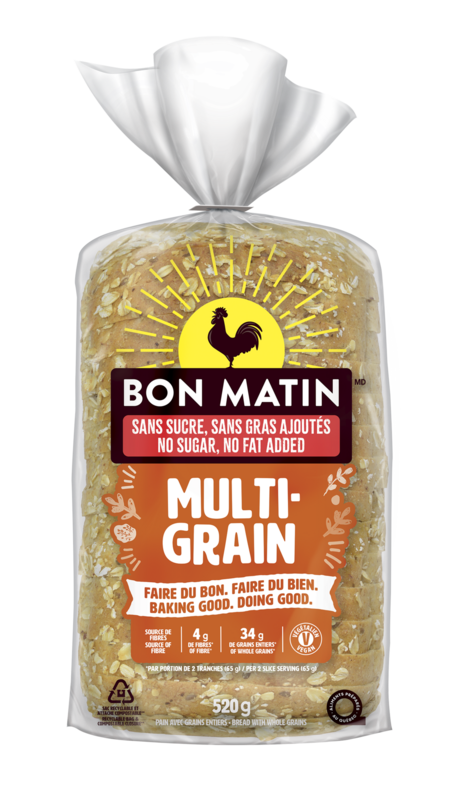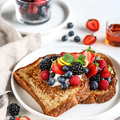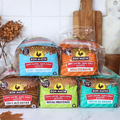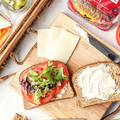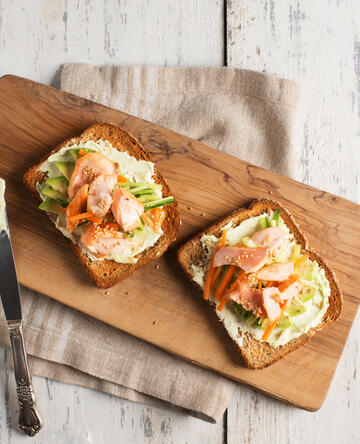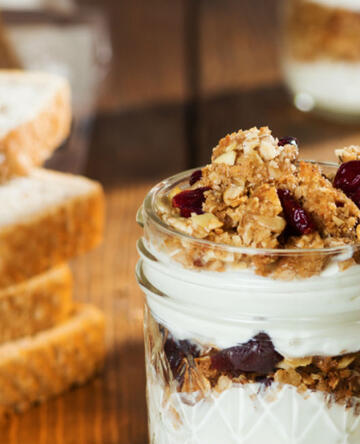Recipes
119 recipes
Articles
25 articles
Fibre’s Satiety Effect
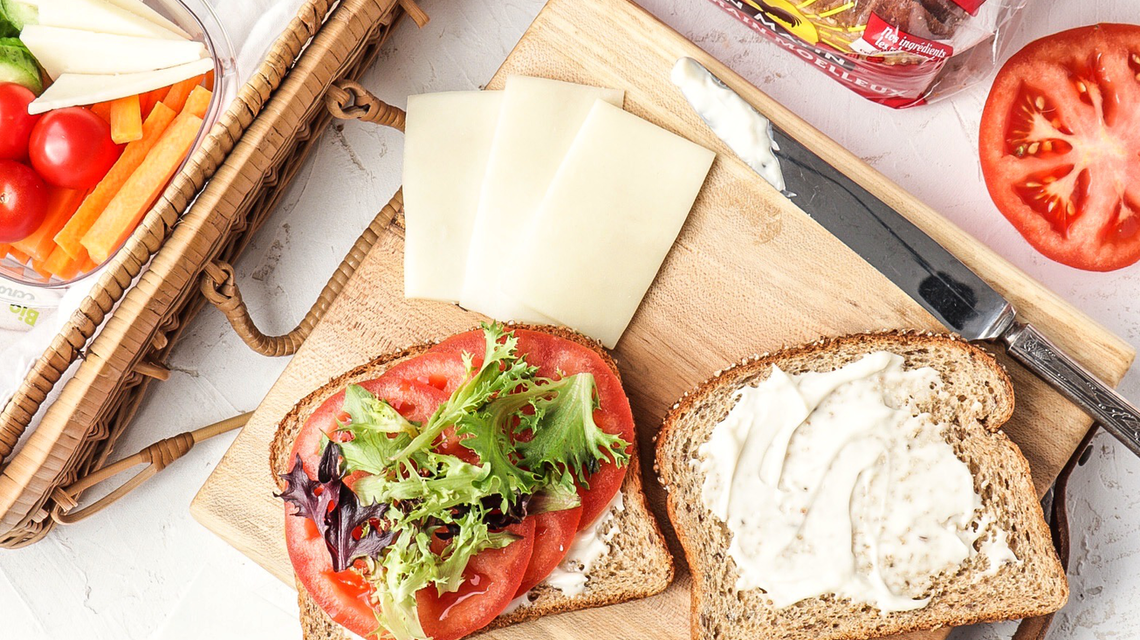
Foods that lead to intense feelings of satiety have clear health benefits because they signal to the body that it’s full. This makes it easier to reach or maintain a healthy weight without depriving yourself or feeling guilty. However, for a food to have a high satiety level, i.e., its ability to make us feel full after eating it, it needs to contain the right amount of protein, carbohydrates, fats, and dietary fibre—which goes to show how important these nutrients are!
A product or recipe may have many ingredients, but the sum of its parts and how their nutrients combine will determine its effect on controlling appetite. If you make a recipe with many high-fibre ingredients, the total amount of fibre will likely leave you sated.
Dietary fibre is quite complex to unpack since it includes many different plant-based carbohydrates. Among these are cellulose, pectin, lignin, resistant starch, inulin, beta-glucans, and gums (guar gum, gum arabic, etc.). Depending on where they come from, they can be soluble or insoluble and fermentable or non-fermentable. Each fibre type has its benefits, but most fibres have the great advantage of regulating satiety.
Fibre is thought to affect satiety in many ways, depending on the type of fibre, its ability to bind food together, increase viscosity, turn to gel in the stomach, and ferment in the gut. Also, a fibre-rich diet can promote satiety because it often contains more fruits and vegetables. These are low energy density foods, meaning they provide few calories for a large volume of food.
Fibre also distends the stomach more (meaning the stomach swells!), slows down the gastric emptying rate (the time it takes for a meal to leave the stomach) and affects how the satiety hormone is released. Fibres classed as viscous, like pectin, are said to be more filling than less viscous fibres (e.g., cellulose), but researchers are trying and failing to understand why. They also believe that this may be because of their specific sensory properties. However, due to how diverse fibre types are, in terms of their properties and how they work, not every dietary fibre has the same effect on satiety!
New research suggests that foods may have optimal effects on appetite control when they are high in protein and fibre and contain more carbohydrates than they do fats. Sandwiches made with high-fibre bread and a good source of protein can help keep you full. For example, at breakfast, a two-slice (86 g) serving of Bon Matin® Smooth Multigrain Bread with 9 g of fibre, peanut butter, a fruit and a glass of milk is an excellent combo to help you feel full. The same goes at lunchtime. Use two slices of bread to make your favourite sandwich. Just add as many vegetables as you like, a lean protein like cooked ham, tofu, or canned fish, and that’s it.
1. Slavin, J., & Green, H. (2007). Dietary fibre and satiety. Nutrition Bulletin, 32, 32-42.
2. Wynne, K., Stanley, S., McGowan, B., & Bloom, S. (2005). Appetite control. Journal of Endocrinology, 184(2), 291-318.
3. Chambers, L., McCrickerd, K., & Yeomans, M. R. (2015). Optimising foods for satiety. Trends in Food Science & Technology, 41(2), 149-160.

